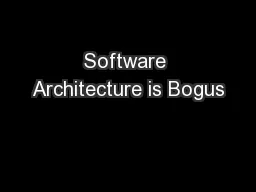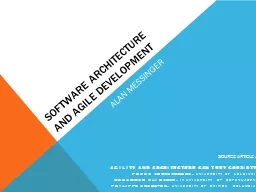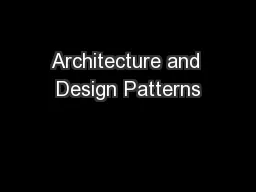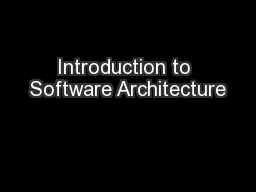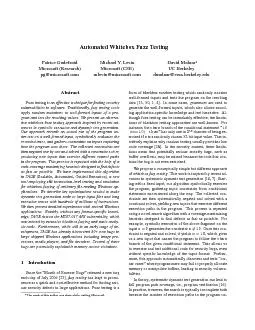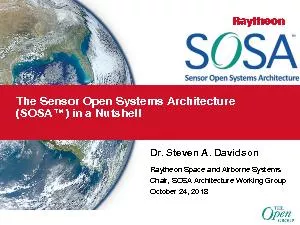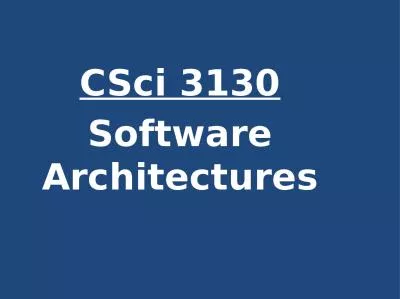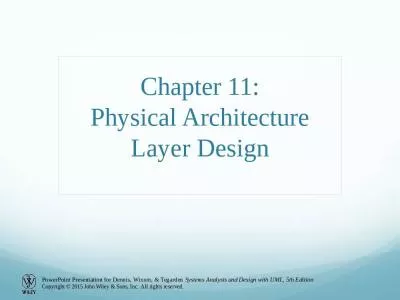PPT-Software Architecture is Bogus
Author : ellena-manuel | Published Date : 2015-10-29
Eric M Dashofy February 27 2013 On Bogosity bogus adj 1 Nonfunctional Your patches are bogus 2 Useless OPCON is a bogus program 3 False Your arguments are bogus
Presentation Embed Code
Download Presentation
Download Presentation The PPT/PDF document "Software Architecture is Bogus" is the property of its rightful owner. Permission is granted to download and print the materials on this website for personal, non-commercial use only, and to display it on your personal computer provided you do not modify the materials and that you retain all copyright notices contained in the materials. By downloading content from our website, you accept the terms of this agreement.
Software Architecture is Bogus: Transcript
Download Rules Of Document
"Software Architecture is Bogus"The content belongs to its owner. You may download and print it for personal use, without modification, and keep all copyright notices. By downloading, you agree to these terms.
Related Documents

